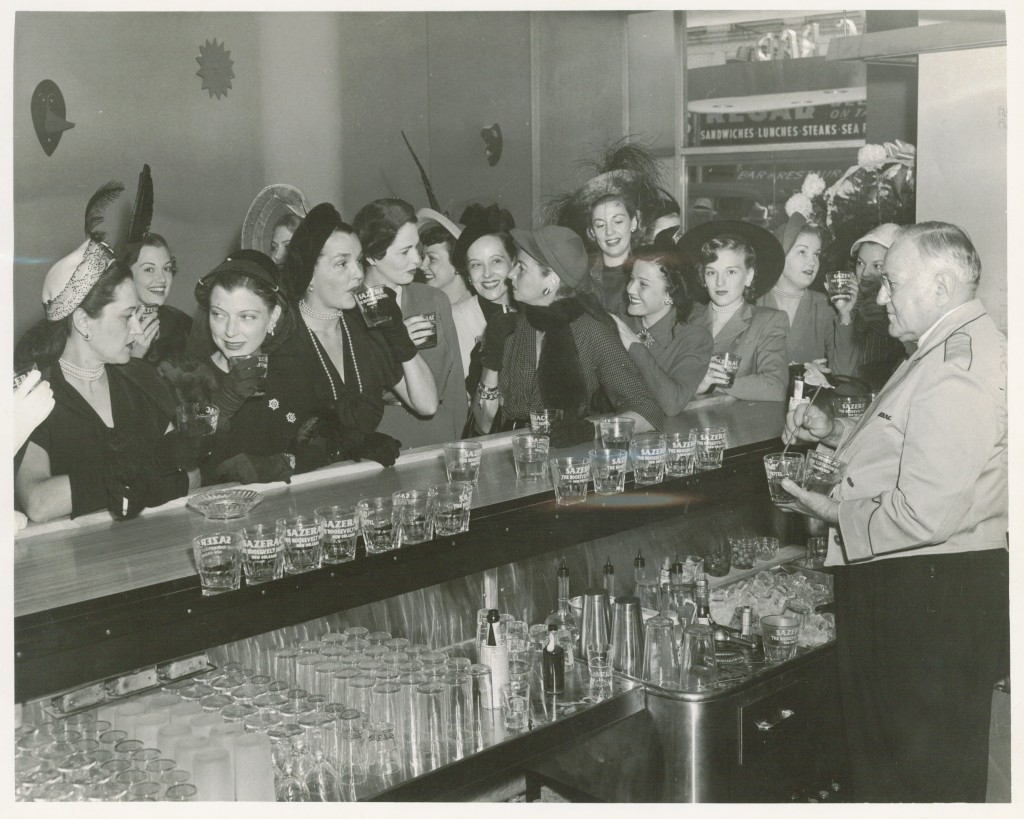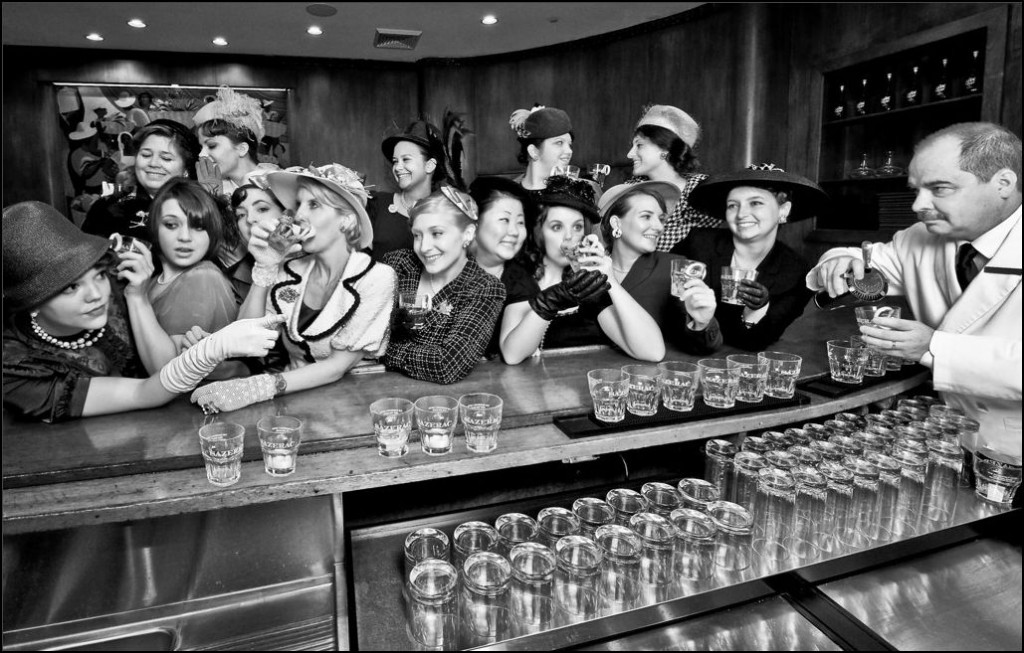Last year Gwen posted about Medal of Honor, a World War II based video game that featured an all white cast. In her post, she gives numbers as to the diversity of the U.S. military at that time. Here, I offer some photographs of Black American soldiers during the war (borrowed from The History Place):







Lisa Wade, PhD is an Associate Professor at Tulane University. She is the author of American Hookup, a book about college sexual culture; a textbook about gender; and a forthcoming introductory text: Terrible Magnificent Sociology. You can follow her on Twitter and Instagram.







